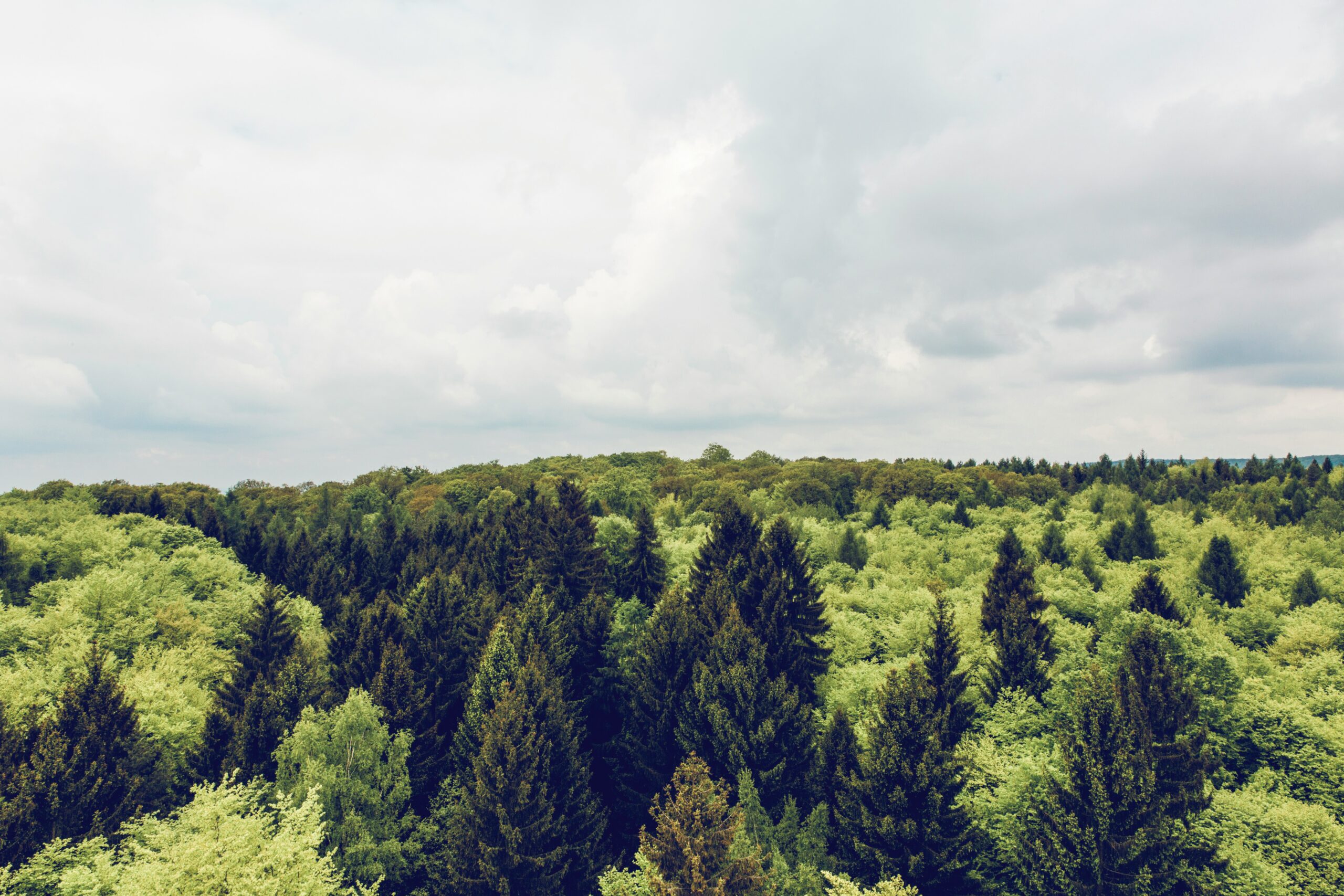The Relationship Between Plant Habitats and Animal Diversity
Introduction
When it comes to the diversity of animal species, the role of habitat cannot be understated. Habitats provide the necessary resources and conditions for animals to thrive and reproduce. In recent years, there has been a growing interest in studying the relationship between habitat and animal diversity, particularly in the context of plants as habitats. This article delves into the fascinating world of how plants become homes for a wide range of animal species.
The Importance of Plant Habitats
Plants serve as critical habitats for various animal species. They provide shelter, food, and protection from predators. From towering trees to tiny mosses, plants offer a diverse array of microhabitats within their ecosystems. These microhabitats can support a wide range of animals, from insects and birds to mammals and reptiles.
One of the key reasons why plants are such important habitats is their ability to capture and store energy through photosynthesis. This energy is then transferred through the food chain, supporting the entire ecosystem. As plants provide a reliable and abundant food source, they attract a variety of herbivores, which in turn attract predators, creating a complex web of interactions.
Plant Diversity and Animal Diversity
Studies have shown a strong correlation between plant diversity and animal diversity within a given habitat. The more diverse the plant species, the greater the number and variety of animal species that can be supported. This is because different plant species offer different resources and microhabitats, catering to the specific needs of various animals.
For example, a diverse array of flowering plants can attract a wide range of pollinators, such as bees, butterflies, and hummingbirds. These pollinators, in turn, play a crucial role in plant reproduction by transferring pollen between flowers. Without a diverse plant community, the pollinators would not have enough resources to sustain their populations, leading to a decline in both plant and animal diversity.
Specialized Relationships
Plants and animals often develop specialized relationships, where each species relies on the other for survival. One well-known example of such a relationship is that between plants and their pollinators. However, there are numerous other examples of specialized relationships that contribute to the overall diversity of plant habitats.
Some plants, for instance, have evolved to attract specific animals for seed dispersal. These plants produce fruits or seeds that are adapted to be consumed and dispersed by certain animals. In return, the animals receive a source of food. This mutualistic relationship benefits both the plants and the animals involved, and it contributes to the overall biodiversity of the habitat.
Conservation Implications
The study of the relationship between plant habitats and animal diversity has important implications for conservation efforts. Understanding the specific needs and requirements of different animal species can help guide conservation strategies aimed at preserving and restoring habitats.
For example, if a certain plant species is identified as a keystone species, meaning it has a disproportionately large impact on the ecosystem, efforts can be made to protect and promote its habitat. By doing so, not only is the plant species preserved, but the entire network of animal species that depend on it is also safeguarded.
Furthermore, recognizing the intricate connections between plants and animals can help identify potential threats to biodiversity. For instance, if a plant species that serves as a vital food source for a particular animal is declining, it can serve as an early warning sign of a potential decline in the animal population as well.
Conclusion
The relationship between plant habitats and animal diversity is a complex and fascinating field of study. Plants provide the foundation for diverse ecosystems, offering shelter, food, and specialized relationships for a wide range of animal species. Understanding and preserving these habitats is crucial for the conservation of biodiversity and the overall health of our planet.
